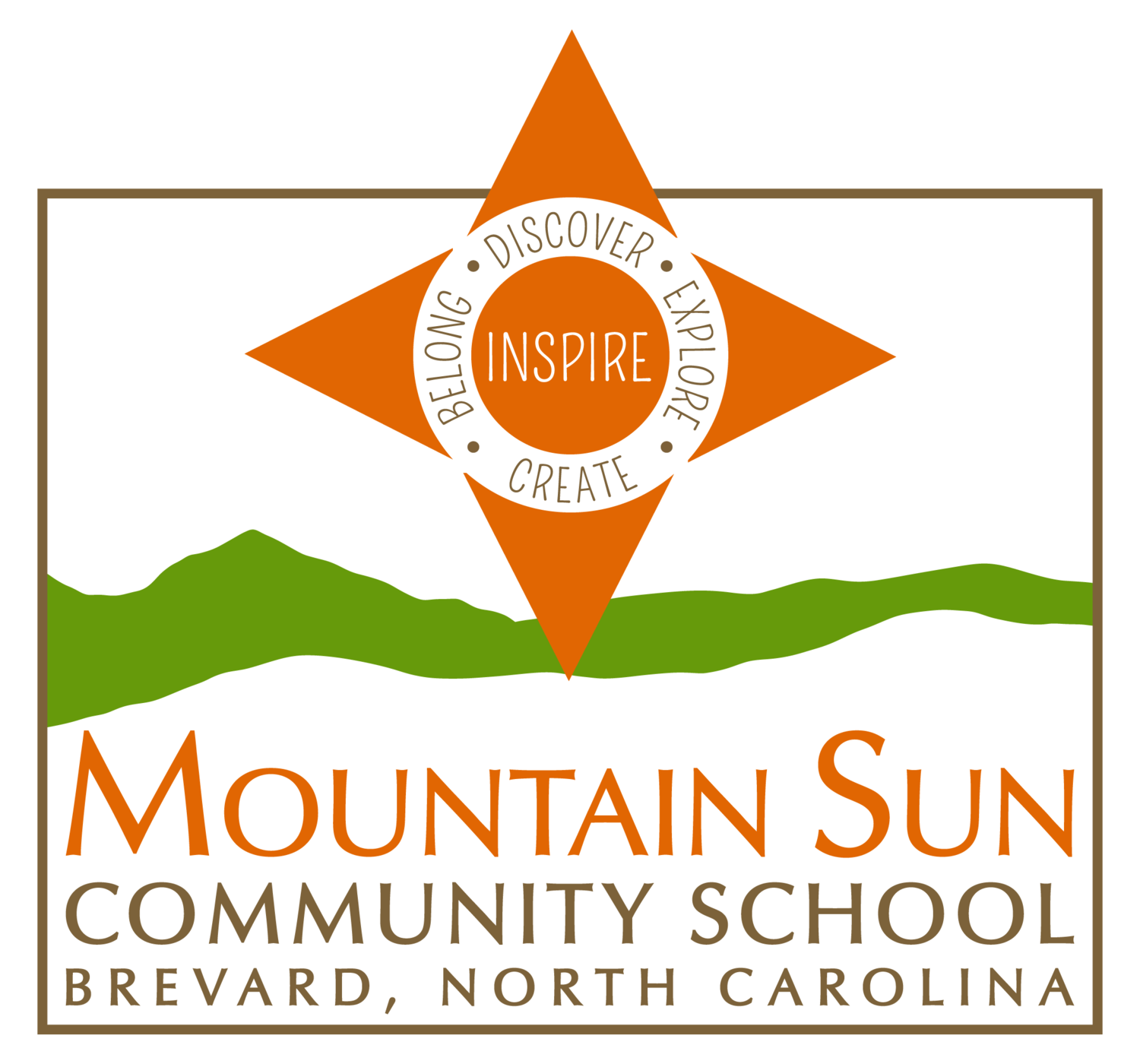Emotional Intelligence 101: Belong
Emotional Intelligence (EI) is a big topic. I am just initially and gracefully entering this field of study, which makes me think of myself as taking a swan dive into the giant pool of EI. As I will only be talking about the portion I know about, let’s start with the definition I use: Emotional intelligence (a.k.a. emotional quotient or EQ) is the ability to understand and manage your own emotions, and to understand other people’s emotions and your reaction to them.
My understanding of this topic comes from the Yale Center for Emotional Intelligence (YCEI) and Marc Brackett, Ph.D., who is a research psychologist and the founding director of the YCEI and a professor at the Child Study Center at Yale University. I am reading his book, Permission to Feel, and have participated in his first online conference. I am grateful for the opportunity to share what I have learned, what I have noticed, and some useful tools for EI.
I will start with a really cool tool created by Dr. Brackett called the Mood Meter. This Cartesian plane is broken into four different colored quadrants. The y-axis evaluates your energy, high being near the top and low at the bottom. The x-axis assesses how pleasant you are feeling, more pleasant being to the right and less moving to the left. As you find your current place on the graph, you are reminded that it is okay to feel more than one emotion at a time and that you can quickly change from one to another. Dr. Brackett refers to this snapshot as a meta-moment. This tool is used by people of all ages to help figure out what they are feeling at a specific moment and the goal is to use that information to learn more about themselves and manage their choices or reactions.
“How are you feeling?” is the first question Dr. Brackett asks in his book and at each of the conference sessions I participated in a few weeks ago. Knowing your answer, you then need to dive in: “Why do I feel this way? Will it help to continue to hold onto this feeling? Can I do something to keep or change how I am feeling? Is how I am feeling affecting what I am doing in a positive/productive way or a negative/counterproductive way?” There’s so much to unpack and it’s so powerful when used successfully. In his book, Dr. Brackett refers to a study where professors were grading papers more harshly after having a negative experience earlier in the day. Similarly, another study showed people being less likely to take risks or make a big move - even if it was a positive one - because they were in a happy mood. The researchers connected these reactions to a person's fundamental need for security plus the lack of pressure to make a decision, which keeps them staying the same. (More details about this can be found in Permission To Feel.)
RULER is the Yale Center for Emotional Intelligence program for schools. This program includes apps, siminars, and tools for using EQ in school. From what I have seen so far, this is mainly used in larger schools and even school districts will bring it in. I found it reassuring as I was learning that we, Mountain Sun Community School, are already doing so much with Emotional Intelligence. In his book, Dr. Brackett talks about teachers having a hard time getting behind such “touchy, feely” stuff. Some principals go as far as saying that they do not believe in the research and that they resent having to participate. Dr. Brackett mentioned that if the leadership is not on board, teachers will never be able to use the resources effectively and some will never buy in, feeling it will be a waste of energy.
We at MSCS already talk about feelings as soon as the youngest student walks through our door (or screen door these days!), and the Peace Talk technique is used with Otters and Owls all the way to Coyotes, as well as in positive discipline parent education classes. I take a deep breath, check how I am feeling, and use all this information to make the best decisions I can in my interactions with my Acorns, my coworkers, my friends, my family and my community. We are all in this together, and it is up to us to use all the tools available to be our best selves, meta-moment to meta-moment.
Written by Janna Carlson



